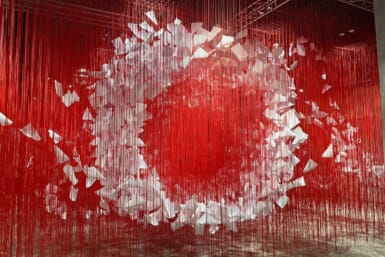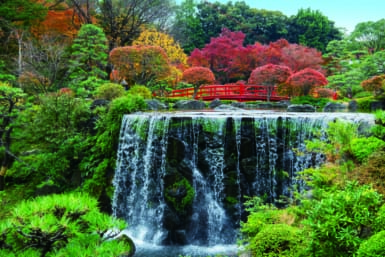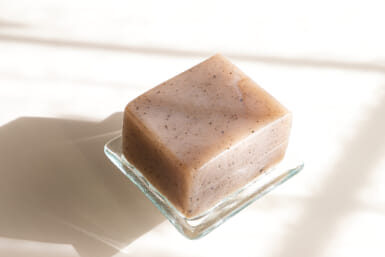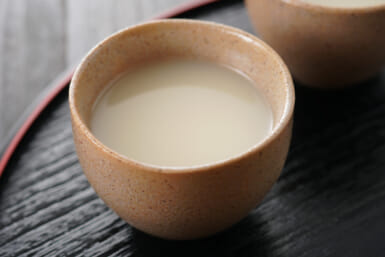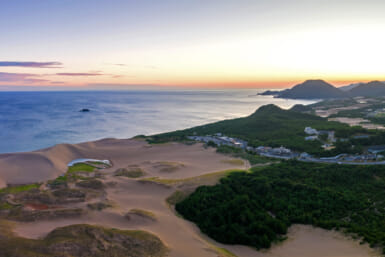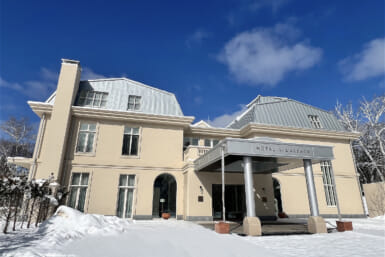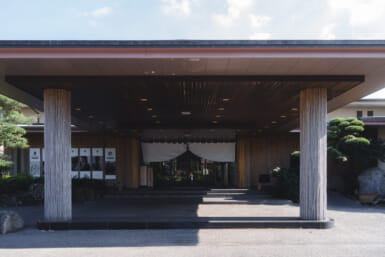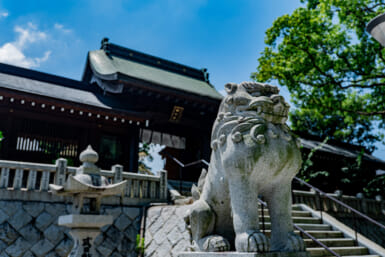by Ulara Nakagawa
“They Eat Horse Sashimi in Tokyo, Don’t They?” is the headline from a May article in The New York Times. In it, writer Adam Sachs asserts: “Tokyo is pure overload, too much to consume, too much to digest, the unknowable hugeness of the place one of its defining pleasures. You come here to eat and you are swallowed up. For depth and sheer variety of dining options, Tokyo has no equal.”
As a food enthusiast, I couldn’t have expressed my own earnest feelings about the city more articulately. Exploring the culinary offerings of Tokyo can be daunting, but, with a little bit of research and knowing what’s out there, it seems that we might have an easier way to travel through the city’s complex food scene with less confusion and more constructive consumption.
Finding Specialty Cuisine and Quality Locations
For those willing to test the waters of lesser known traditional Tokyo specialty cuisine, visit: www.tourism.metro.tokyo.jp/english/. There is a listing of specialty foods along with descriptions and city areas they are closely connected to. Items that might be of interest include Ningyo yaki, doll-shaped Japanese sweets, Chankonabe, the sumowrestler’s hotpot, and Monjayaki a savory pancake similar to okonomiyaki but exclusively Tokyo based.
Another option for thoroughly experiencing a particular type of Japanese cuisine is by visiting food museums and theme parks. These attractions have nothing to do with ancient artifacts or ferris wheels, rather they are places exclusively devoted to cuisine. Think convenience store coffee versus Starbucks: the more specialized the operation, the higher the chances that it will offer variety and quality of its star fare.
The Shin-Yokohama Ramen Museum in Tokyo offers a history of ramen in Japan in a setting that replicates 1950s Tokyo, when ramen was rapidly gaining popularity. The museum’s nine restaurants have mini-sized portions of ramen available so that you can try various kinds without bursting. The admission is ¥300 and it is open from 11am to 11pm daily. The museum’s official website (in Japanese) can be visited at www.raumen.co.jp/ramen/.
Sunshine Namja Town in Ikebukuro houses Gyoza Stadium and Ice Cream City where various flavors of both can be sampled, respectively. Combined, the two boast 15 vendors and Ice Cream City’s offerings include treats hailing from Brussels, Turkey and Italy. The admission here is ¥300 and hours are from 10am to 10pm daily. Namja Town’s main website is (in Japanese) at www.namja.jp.
For further information in English on these and other similar attractions, you can visit the food theme parks link at Japanguide.com. www.japan-guide.com/e/e3035.html.
Tours and Professional Guidance
For those who are willing to spend more for a professionally conducted or luxurious food adventure, there are several options. Perhaps the best-known resource for such in Japan is Elizabeth Andoh’s arts center, A Taste of Culture. Andoh, who has published three books on Japanese Cuisine has been toted the “The guru of Japanese cuisine” by many. See www.tasteofculture.com for various cooking and food related seminars, events and tours offered by Taste of Culture.
Also offering their expertise are companies such as Bespoke Tokyo www.bespoketokyo.jp and Private Concierge www.private-concierge.jp who carry out high-end customized tours for their clients, catering to a more recent trend of people wanting to see the country on their own terms; tour bus and strangers aside.
For the true food enthusiast living in or visiting Tokyo, the earlier posed question “How can you be rest assured that you are not missing out on anything worthwhile? “ may go eternally unanswered. There is just always so much more to see and well…to eat. But, just like in any overwhelming (and exciting) situation the only option is to begin somewhere. So pack an appetite and get the adventure started!
Additional information for food travel:
A two-hour tour of Shinjuku put on by The Metropolis of Tokyo includes a stop at the basement of Isetan or “Depachika” where a plethora of gourmet products from all over the world can be found. The office can be contacted by email or fax.
www.tourism.metro.tokyo.jp/english/.
Tsukiji Fish Market tours are also available in English to those who might be interested in delving a little bit deeper into the seas of Tokyo cuisine.
Tokyo City Guide offers the Tuna Auction tour that starts at 5am and runs to 8am, the peak operating hours of Tsukiji. www.tctour.co.jp/plan/tokyo/tuna_auction.html
“Personal Liason” Chizuko Waller offers a Tokyo Cuisine Tour that includes a morning trip to Tsukiji Fish Market. Chizuko offers customized food based tours throughout the city including specialty restaurants and traditional Japanese sweets shops. japaneseguesthouses.com/chizuko/index.htm#Tour2
Details and booking information for an 11-day culinary journey through Japan, the “Japan Gourmet Traveller” tour can be found at: en.statravel.co.jp
Information about another 8-day culinary tour of Tokyo, Kyoto and Hakone can be found at: www.artisansofleisure.com/tour/Japan_tours_luxury_travel_7Culinary.php

